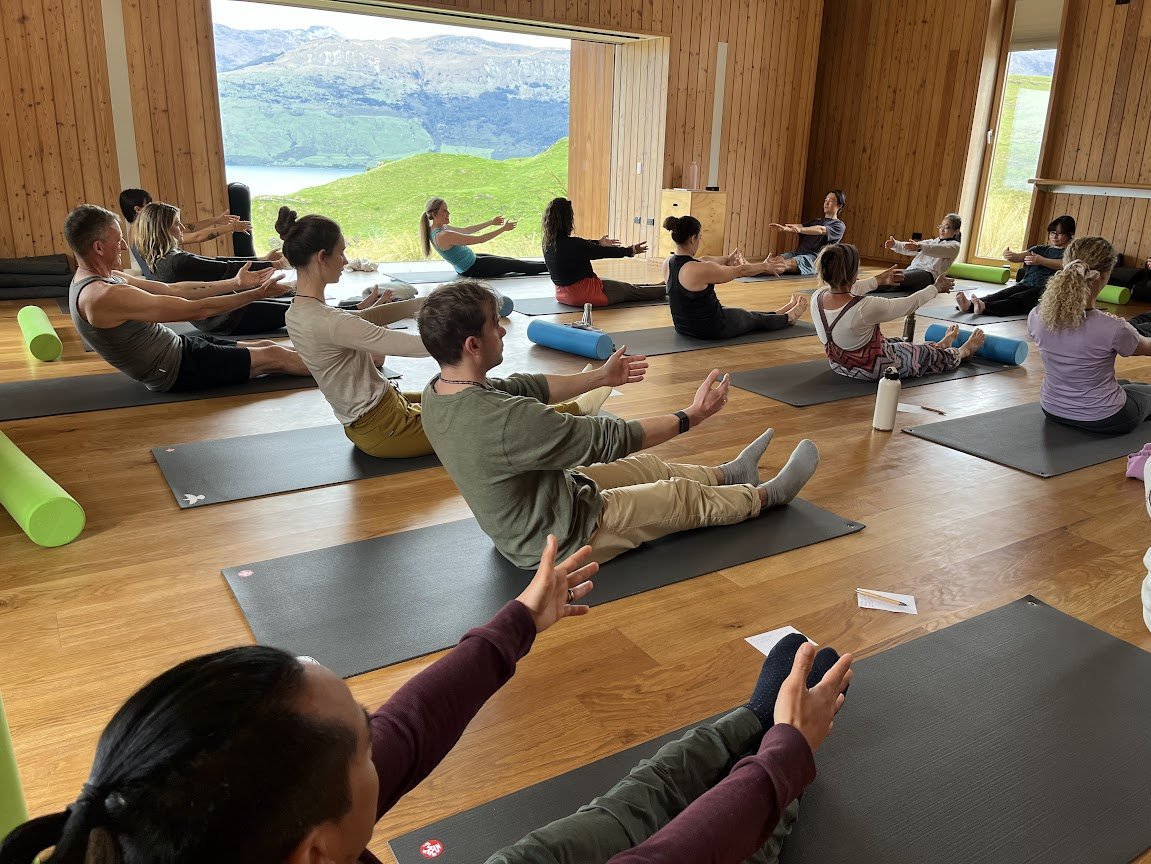Why Runners Get Achilles Tendon Injuries
Running content and commerce hub Running Divas asked Aprivé Wellness for some expert health and fitness content about Achilles Tendon injuries:
Not many medical terms for muscles and tendons are well known, but the Achilles is one of the famous few. Achilles tendon injuries in runners are fairly common but the reasons why they occur are still poorly understood. To understand achilles injury, let’s start from the beginning.
What is the Achilles?
The Achilles is a tendon the spans from the middle of the two Gastrocnemius heads (bulky calf muscle) and attaches onto the heel bone.
What makes you likely to injure your Achilles?
The jury is still out on this one. When it comes to running, it comes down to technique and the biomechanics of your feet and ankle joints. As Achilles tendon injuries are multi-factorial, there are countless biomechanics factors that come into play including ground reaction forces, muscle activity and joint motion.
Only one biomechanics variable has been shown to definitely increase Achilles injury risk:
-High braking force placed on the achilles tendon
Other factors that may contribute:
- Low arches
- Running on soft surfaces
- Poor ankle range of motion
How do you know if you’ve injured your Achilles?
If you’ve ruptured your Achilles, you’ll know! Often patients hear a loud crack, and the tendon can be seen under the skin, recoiled halfway up the calf like a retracted rubber band.
An overuse injury or tendinopathy isn’t as obvious, but patients report pain on walking, particularly on the push-off phase, pain with calf raises, steps and often pain when touching the tendon. Your physio will often feel a difference in the consistency of the injured tendon: Often it will feel lumpy and thicker than the uninjured side.
*To read the full article - Click Here
Image: Mark J Sebastian








